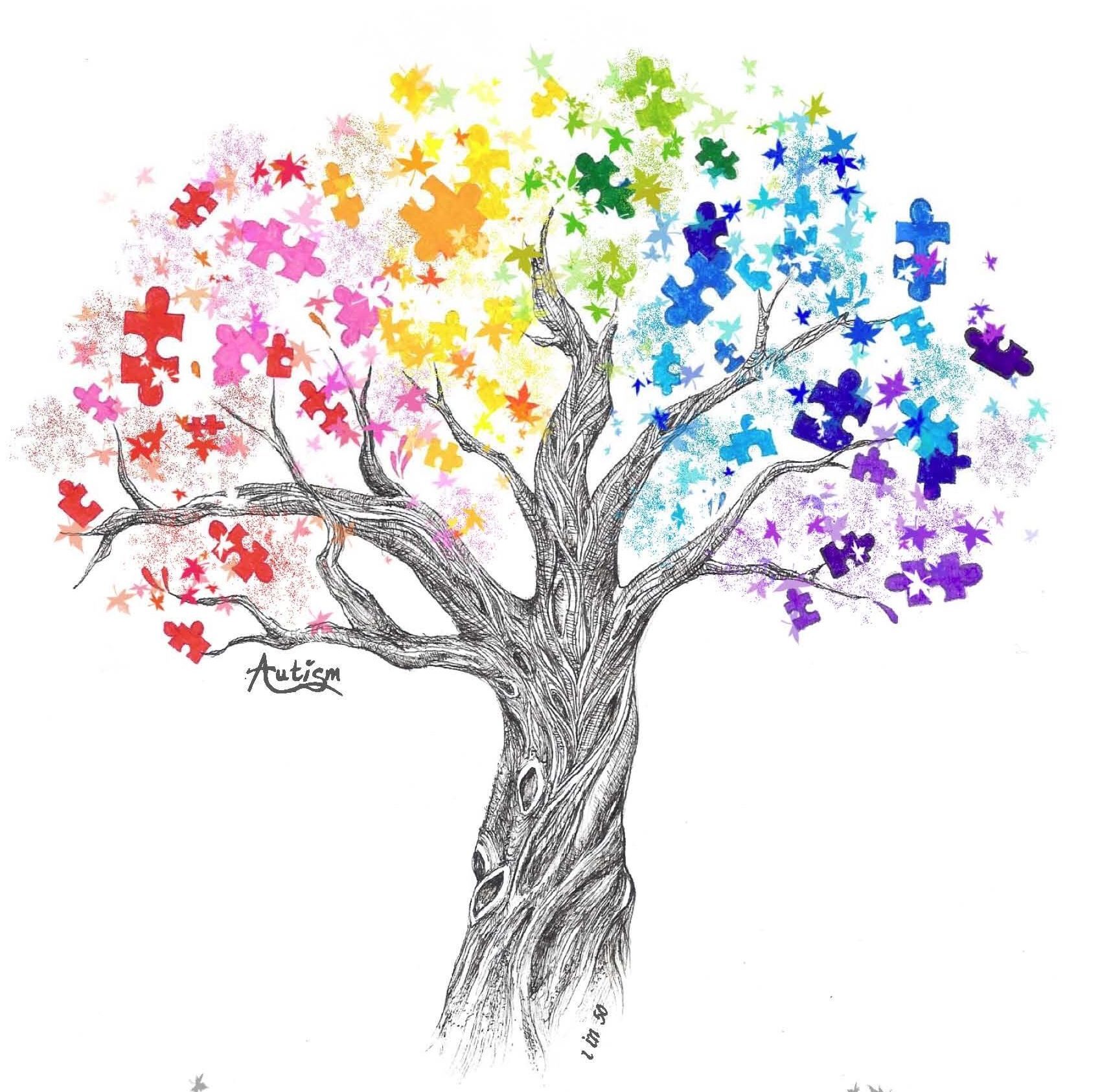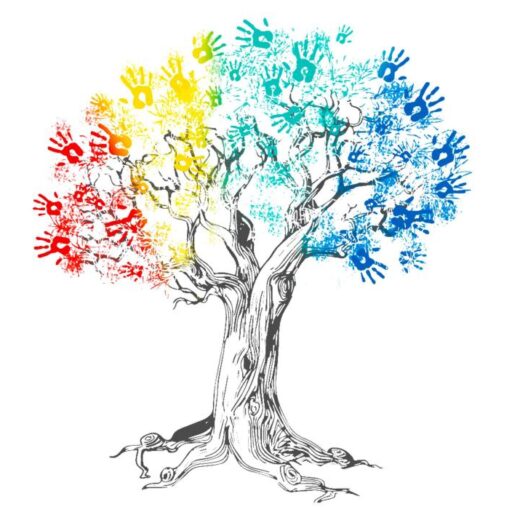Assessments
An Applied Behavior Analysis (ABA) assessment is an important tool in providing a roadmap to goal formulation and treatment planning. ABA assessments measure skills across a vast range of domains, including motor imitation, language, visual perception, independent play, social play, linguistic structure, classroom and group skills, and other developmental disabilities. These assessments play a crucial role in planning the makeup of ABA support that will offer the best starting point to treat a child.
ABA assessments measure skills across a vast range of domains, including motor imitation, language, visual perception, independent play, social play, linguistic structure, classroom and group skills, and other developmental disabilities. These assessments play a crucial role in planning the makeup of ABA support that will offer the best starting point to treat a child.
An ABA assessment conducted as an Independent Evaluation is going to assess if a child is progressing in the school district’s programs with existing variables in place, such as staff development opportunities, student-to-staff ratio, and instructional practices. If the evaluation doesn’t show any progress, then changes to the child’s educational program need to be implemented.
Common ABA Assessments
Here are some of the most common assessments used in the field of Applied Behavior Analysis.
Verbal Behavior Milestones Assessment Placement Program (VB-MAPP)
The VB-MAPP is based on Dr. Skinner’s analysis of verbal behavior and the usual verbal development of children who do not have autism spectrum disorder. It assesses your child’s performance on various language, social, and communication skills benchmarks and offers an estimated developmental age for every skill. These details are helpful in identifying individualized objectives and goals.
The Verbal Behavior Milestones Assessment and Placement Program (VB-MAPP) even entails a Barriers Assessment that pinpoints behavioral challenges along with a Transition Assessment that enables the team to come up with the least limiting environment to facilitate learning.
Assessment of Basic Language and Learning Skills – Revised (ABLSS-R)
This assessment gauges your child’s skills across a range of benchmarks known to be deficient in individuals with autism spectrum disorders. These include visual performance, response to reinforcement, expressive/receptive communication, social play, group responding, and imitation. The assessment might even be used by caregivers as an interview tool.
The ABLSS-R is used to come up with tailored program objectives based on every child’s current functional skills and abilities. It can be administered bi-annually or annually, and it works as a benchmark to ascertain your child’s progress in particular skill areas.
Promoting Emergence of Advanced Knowledge (PEAK)
The PEAK assessment assesses areas of strength and areas of improvement for cognition and language skills. The four modules in this assessment are Generalization, Direct Training, Equivalence, and Transformation.
The outcomes of the Generalization and Direct Training module provide learners with a factor score that can be utilized to compare the age-normative score of peers of similar age. This assessment can indicate skill deficits, i.e., skills that they should’ve acquired at this age. This factor score is imperative in prioritizing skills and determining where programming needs to be implemented to attain age-normative scores.
Autism Diagnostic Observation Schedule 2nd Edition (ADOS-2)
As your local Applied Behavior Analysis center, we’re excited to now offer ADOS-2 evaluations. We can assess your child almost immediately, fast track the results to your medical family doctor, and get your child started in ABA therapy much quicker.

